No.3 Viaduct
No.3 Viaduct
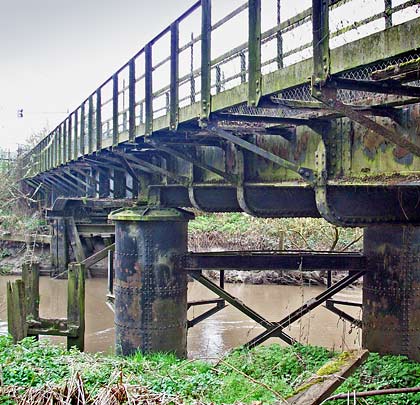
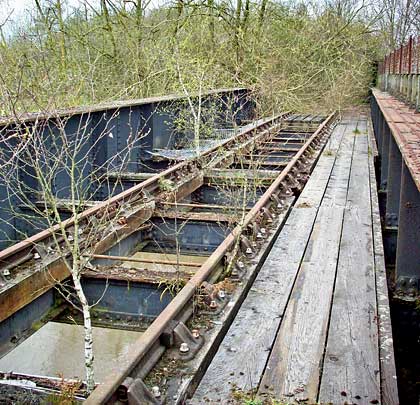
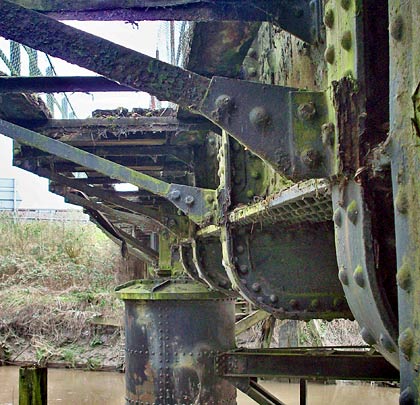
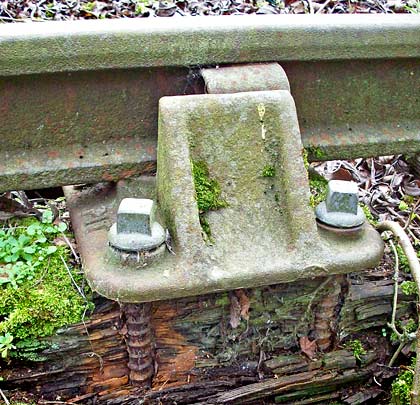
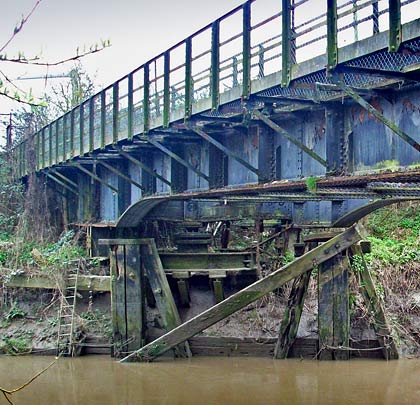
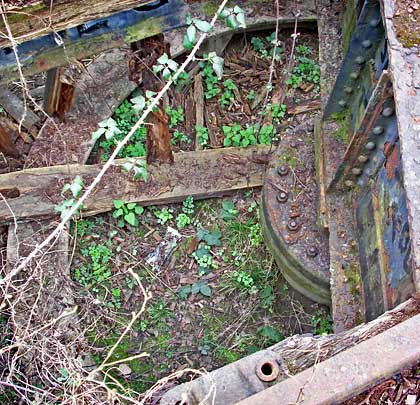






Built by Robert Sharpe of Chepstow, the Great Western’s Gloucester Docks branch opened on the 20th March 1854, extending for just over a mile from Over Junction on the South Wales Main Line. Initially accommodating broad gauge track, a conversion to standard gauge took place in 1872, having being mixed gauge for three years previously.
Two tracks were laid for much of its length but only a single line was carried over the branch’s most significant structure – a swing bridge across the east channel of the River Severn and a series of approach spans, known collectively as No.3 Viaduct and measuring 99 yards in length. The latter part comprises iron girders supported on brick piers whilst the former features a pivot mechanism on the south bank and a pier in the river. It claims to be the first hydraulically-driven railway swing bridge.
William Eassie of Gloucester provided the timber whilst the ironwork came from Smethick-based Fox Henderson & Co. Load tests were conducted in September 1853 with locomotives passing over at 20 mph.
Flooding caused considerable damage to the structure in May 1886. Major work took place in 1890-1, including replacement of some timber piles. The swing span was rebuilt in steel in 1899 whilst the river pier – originally constructed in timber – was refurbished in 1910 with the installation of two cross-braced, cast iron columns.
The early part of the 20th century brought considerable traffic, both over and beneath the bridge. But the swing span opened for the last time on 8th August 1922. A footbridge – providing access to a nearby power station – was added to the east side in 1941.
The docks branch succumbed to closure in 1989. Many years without maintenance have not been kind to the structure – the ironwork has corroded and the timbers have deteriorated. Although its track is still in place, the deck is in a parlous state with numerous holes, particularly between the rails.







